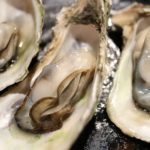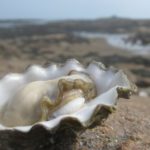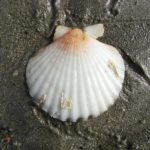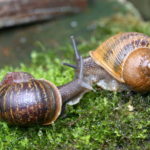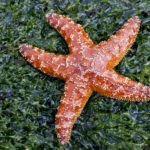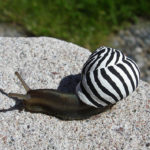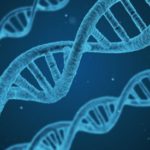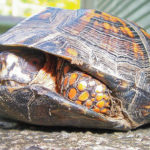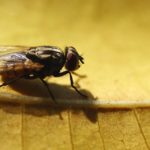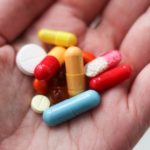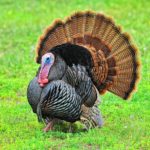Oysters – information
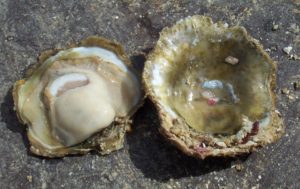 Did you know that oysters, which, like most other individuals, have two sexes, can change it. This can happen several times for the life of the oyster, under the influence of various factors. It’s funny that usually oysters start their life “men”, and after they have fattened themselves well and are ready to produce offspring, they become “women.” Therefore, it is even possible that the oyster will fertilize its own eggs.
Did you know that oysters, which, like most other individuals, have two sexes, can change it. This can happen several times for the life of the oyster, under the influence of various factors. It’s funny that usually oysters start their life “men”, and after they have fattened themselves well and are ready to produce offspring, they become “women.” Therefore, it is even possible that the oyster will fertilize its own eggs.
Did you know that the rule that oysters should be eaten only in the months that have the letter “P” in the title is obsolete at about the same time when oysters were artificially bred. Now the months when oysters produce caviar can be changed at the discretion of the manufacturer, and in addition, there are no oyster eggs that produce eggs. Although, there is another explanation for this rule – oysters on the ruins really spoil in the summer.
And do you know that the bike that oysters are squeaking when they are poured with lemon juice is, apparently, from the story of A.P. Chekhov’s “Oysters” – this is how the protagonist of the story imagines an oyster: “I imagine an animal that looks like a frog. The frog sits in the sink, looks from there with large shining eyes and plays with its hideous jaws. I imagine how this animal is brought from the market in the sink, with claws, shining eyes and slimy skin … The children are all hiding, and the cook, wrinkling his face, takes the animal by the claw, puts it on a plate and carries it to the dining room. Adults take it and eat it … eat it alive, with eyes, with teeth, with paws! And it squeaks and tries to bite the lip … ”
In the beginning of the 19th century both in France and in England oysters were considered poor people’s food, which did not have enough money for meat. However, the uncontrolled catch of oysters led to a sharp decline in nature, and in the second half of the 19th century, they greatly increased in price, becoming a delicacy.
If you take an oyster egg and place it in an aquarium with distilled water that does not contain calcium, the oyster grows, not differing from the control ones, and its leaves will also consist of almost pure calcium.
The first indicator of the freshness of oysters is a tightly closed shell: if there is at least a tiny gap in it, then the oyster has become rotten. Oyster meat contains protein, fat, carbohydrate glycogen, minerals (iron, zinc, copper, calcium, iodine, phosphorus), nicotinic acid, as well as vitamins B1, B2, B12 and PP. Only 6 oysters – and the daily requirement of the body in iron and copper is assured!
